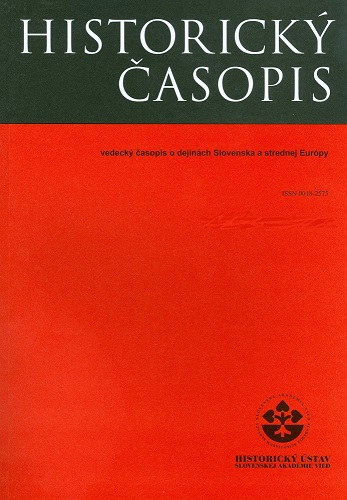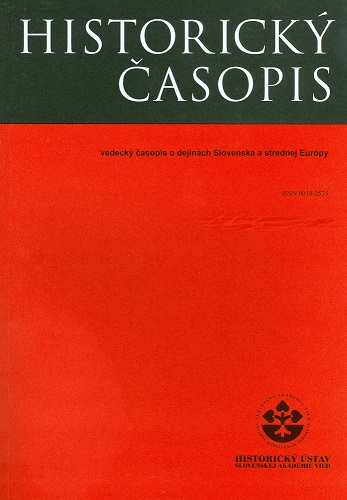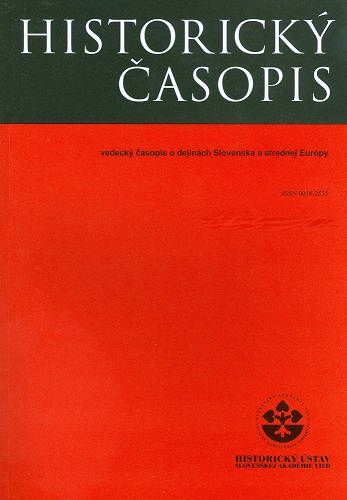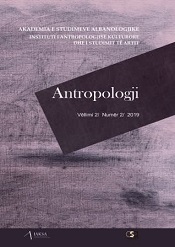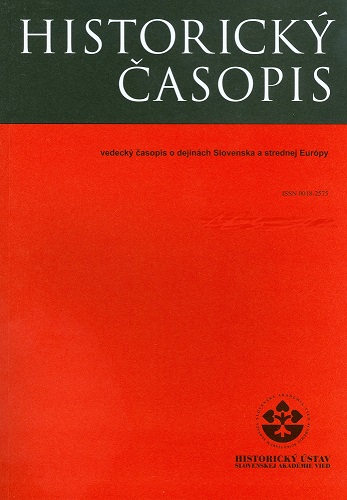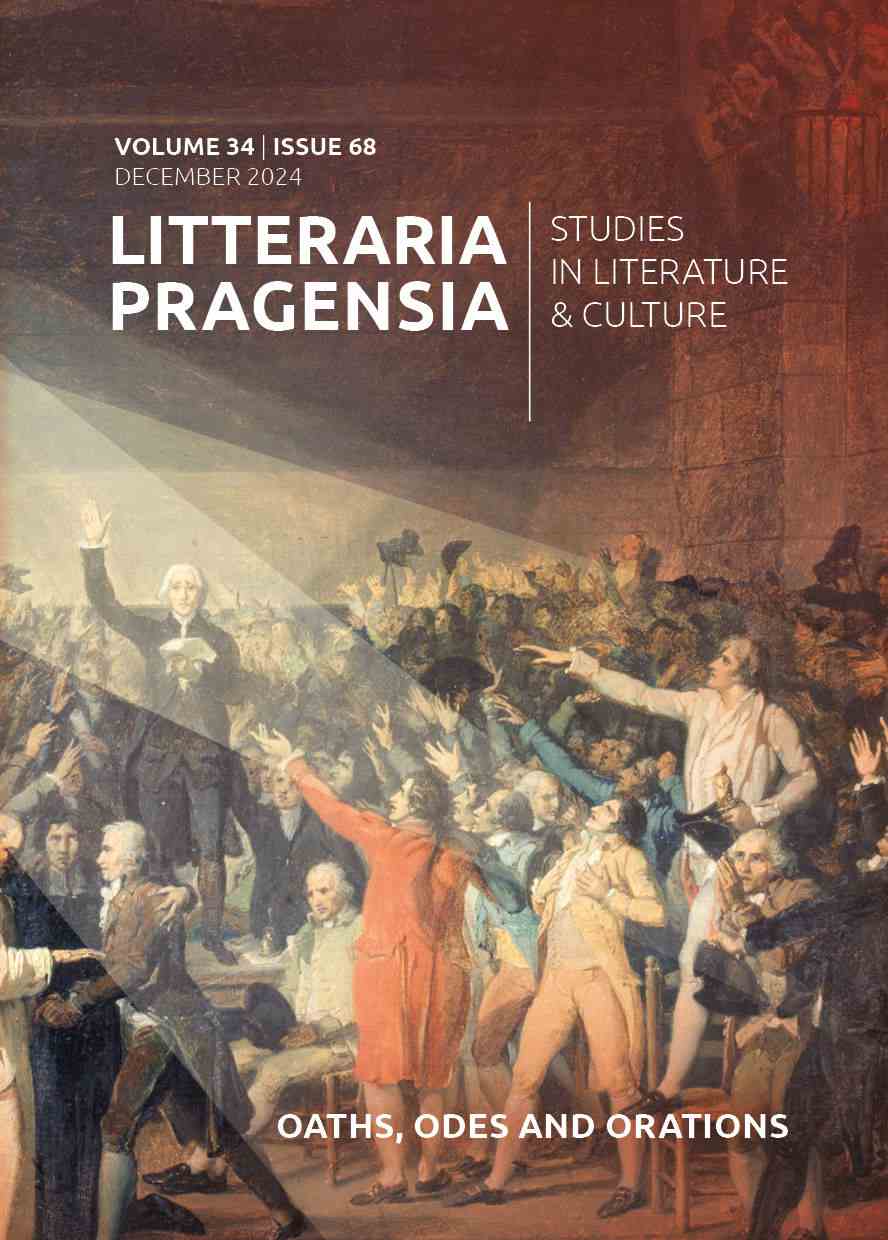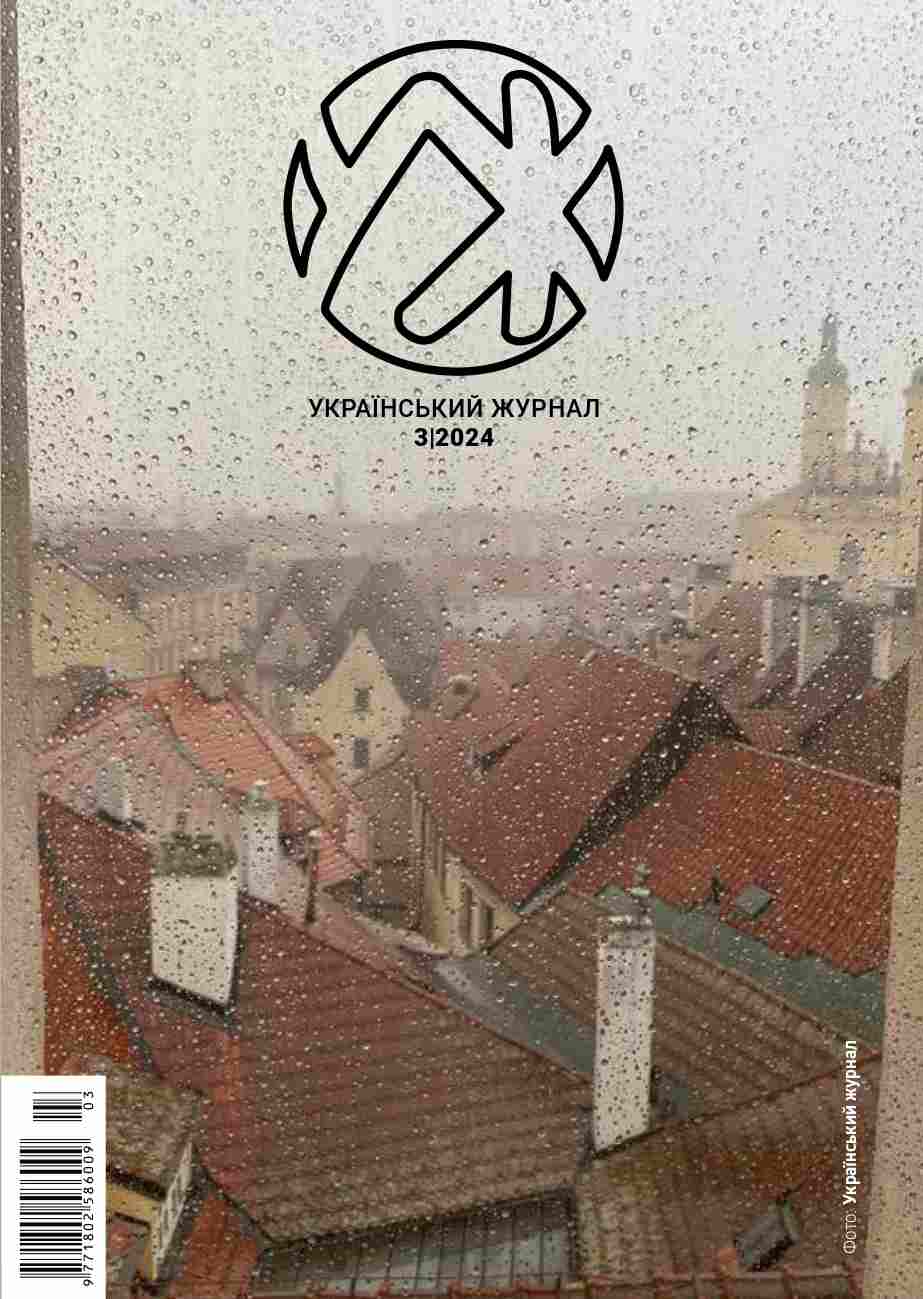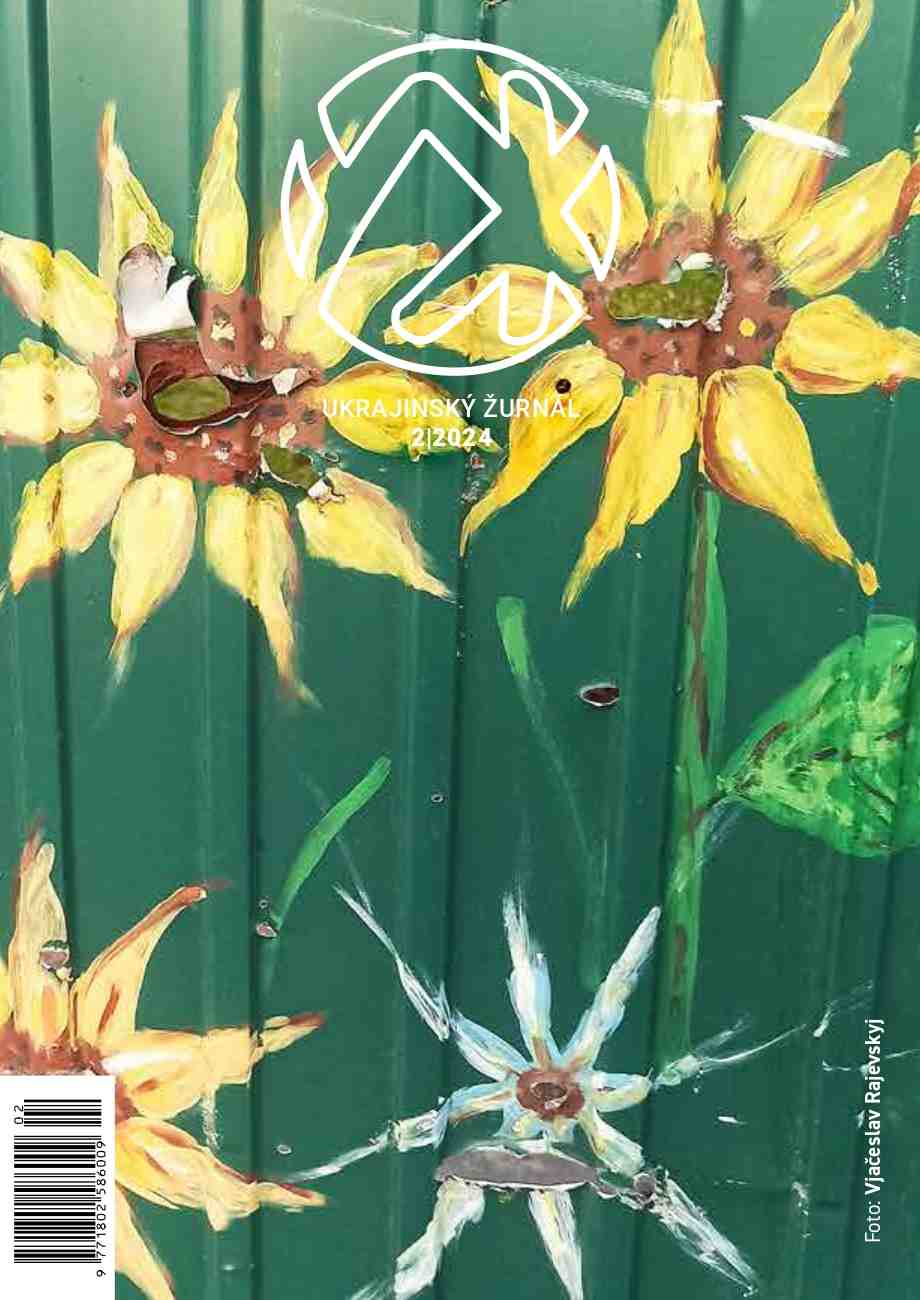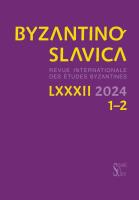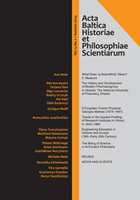Author(s): Alla Kovalyova,Tetiana Ilina,Olga Goryacha,Andriy Grytsyk,Ain Raal,Oleh Koshovyi / Language(s): English
Issue: 2/2024
This historical essay presents an analysis of the origins and development of modern pharmacognosy in Ukraine and explores the founding and development of the Department of Pharmacognosy at the National University of Pharmacy (NUPh, Kharkiv), providing an overview of the department`s history, a framework of its educational and methodological processes, primary research directions, and its main achievements. The paper also includes biographical data and outlines the main scientific and pedagogical achievements of prominent individuals who made a significant contribution to the development and formation of pharmacognostic and pharmaceutical science and education in Ukraine. Over the years, the staff of the pharmacognosy department has authored and published 14 monographs, 8 standard training programs, 25 textbooks, practical guides, and training manuals, 47 lecture notes, and 103 educational and methodological developments. Furthermore, 16 doctoral and 77 candidate theses have been defended at the Department of Pharmacognosy. The staff has also secured 63 author’s certificates and 171 patents, and published about 1,050 articles, 1,060 abstracts, and 16 monographs. In addition, the department has developed numerous medicinal products and therapeutic as well as preventive items that have been introduced into medical practice. These achievements create a solid background for the department’s fruitful development and future success.
More...
